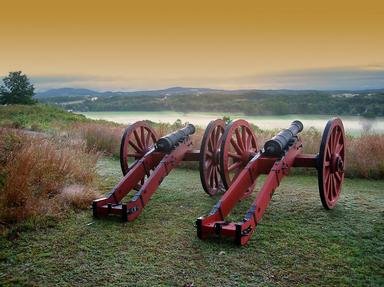Quiz Answer Key and Fun Facts
1. In 1860, Abraham Lincoln campaigned for the presidency in New York City. He gave a stirring speech which got him national attention through the huge media machine that the city was--and still is--known for. One of the intentions of this speech was to make clear his opposition to slavery. Where did he give this pivotal speech?
2. Another one of Lincoln's campaign strategies while in New York City was to have his picture taken so that the public would have a visual image of him. Which photographer, who would become famous for his Civil War photos, took Lincoln's picture?
3. Many poor whites in New York City opposed the abolition of slavery and, therefore, the war itself. What was the main cause for this opposition?
4. New York City's poor whites weren't the only ones who opposed the Civil War. Many of the wealthy feared the consequences of a war with the South. Why?
5. New York City's Mayor Fernando Wood sensed his city's predominant disapproval of the war. What was his unique solution?
6. The USS Monitor was the first ironclad warship to be commissioned by the US Navy. This warship participated in the Battle of Hampton Roads and the Battle of Drewry's Bluff. Where was the Monitor built?
7. On April 20, 1861, eight days after the attack on Fort Sumter, something remarkable and historic occurred in New York City. What was it?
8. While many in big business disapproved of the war--and were even bankrupted by it--there were those who made huge profits. Which of the following New York City companies made a fortune off the Civil War?
9. From July 13 to July 16, 1863, New York City was ripped apart by a riot in protest of the war that left hundreds dead and injured, and property damage in the millions. What is this terrible event known as?
10. Just days after Lee surrendered to Grant, thereby ending the Civil War, Lincoln was assassinated at the Ford Theater. How did New York City respond?
Source: Author
DonTozzi
This quiz was reviewed by FunTrivia editor
bloomsby before going online.
Any errors found in FunTrivia content are routinely corrected through our feedback system.


